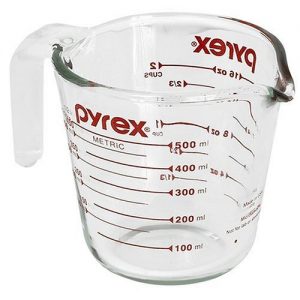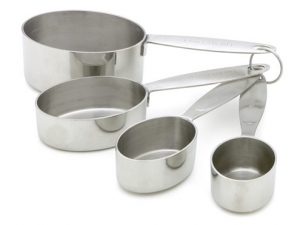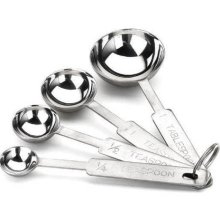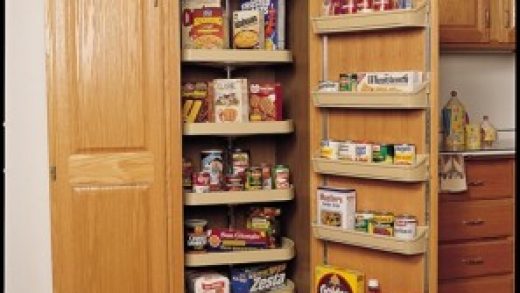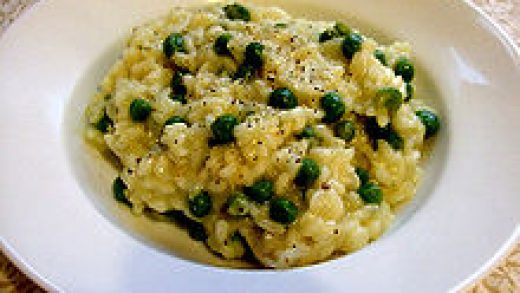Cooking is seen by many as a form of alchemy. You take some different ingredients and put this together and you get something new and fabulous. If nothing else, it’s both an art and a science. Recipes, like scientific formulas, provide guidance. But there’s an undefinable element of art, of creativity, of adjusting to varying conditions, that is more intuition and experience than science.
Experienced cooks can “eyeball” a lot of ingredients as they’re preparing a dish. That means they can visually estimate how much of something they are putting in. But even the best chefs don’t eyeball everything. They measure it. This is particularly important in baking.
That means you’re going to need measuring tools. The thing to remember is there are three kinds of measurements for food ingredients in the home kitchen: weight, dry volume and liquid volume. Why are dry and liquid volumes separate? Because they don’t equal the same amount. And, of course, there’s the difference between the Imperial scales we’re used to and the more internationally accepted metric measurements. Use what’s comfortable for you. There are conversion programs and lots of tools that have both kinds of scales. You should learn to use both systems.
Going from largest to smallest, let’s start with the Pyrex glass measuring cup. These are extremely useful. I even use mine to boil water in the microwave and to mix up pancake batter (easy to pour). You can get these in a variety of sizes. If you can only have one, I’d go for the 4-cup model because it’s big enough to be used for a wide range of uses. A one or 1-1/2 cup model is also useful for measuring smaller amounts of liquid and is easier to use with small amounts than the larger model. These each sells for around $10 to $20 or less depending on size and model.
Why Pyrex? Because this special type of glass can take high temperatures that plastic or regular glass cannot. Plastic ones are common and can work for dry measures, although I prefer steel. But for liquids the dry measuring cups are inaccurate and they melt easily if exposed to even a small amount of heat. Another problem with plastic is that the measurements are painted on and rub off easily if they get greasy.
So, while we’re talking about it, a set of dry measuring cups should be metal. The measurement amounts are usually etched in the set, so they don’t wear off no matter what they go through. Also, you can even use them as tiny pots if an ingredient, like butter, needs to be warm. Just don’t put them in the microwave. Many of them come with rubber-like handles to make them easier to hold onto. Prices range from around $9 up to about $20.
And then there are measuring spoons. You might wonder why there isn’t a different set for wet and dry. The amounts are so small that the difference in volume is not enough to cause a problem. I recommend stainless steel for the same reasons as the measuring cups. There are all kinds of styles. A set of four should cost about $10, but you may find them for as little as $1.
